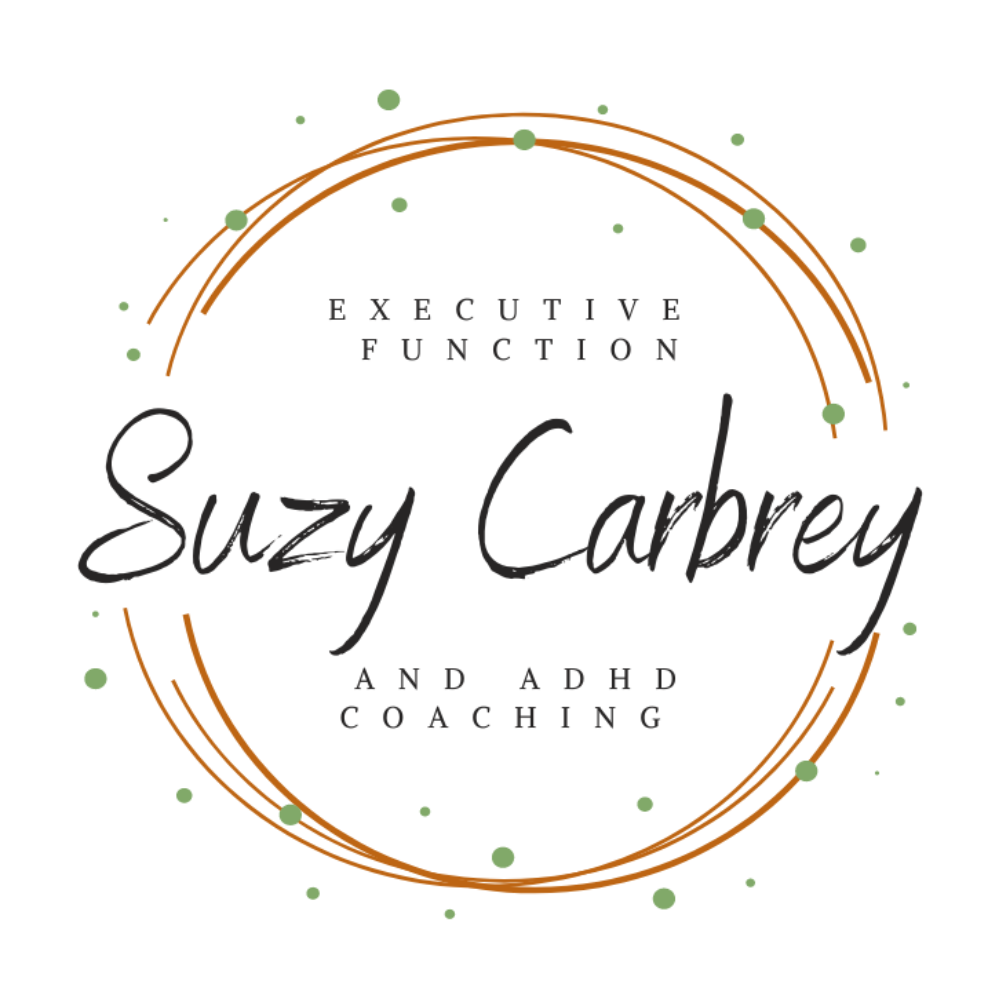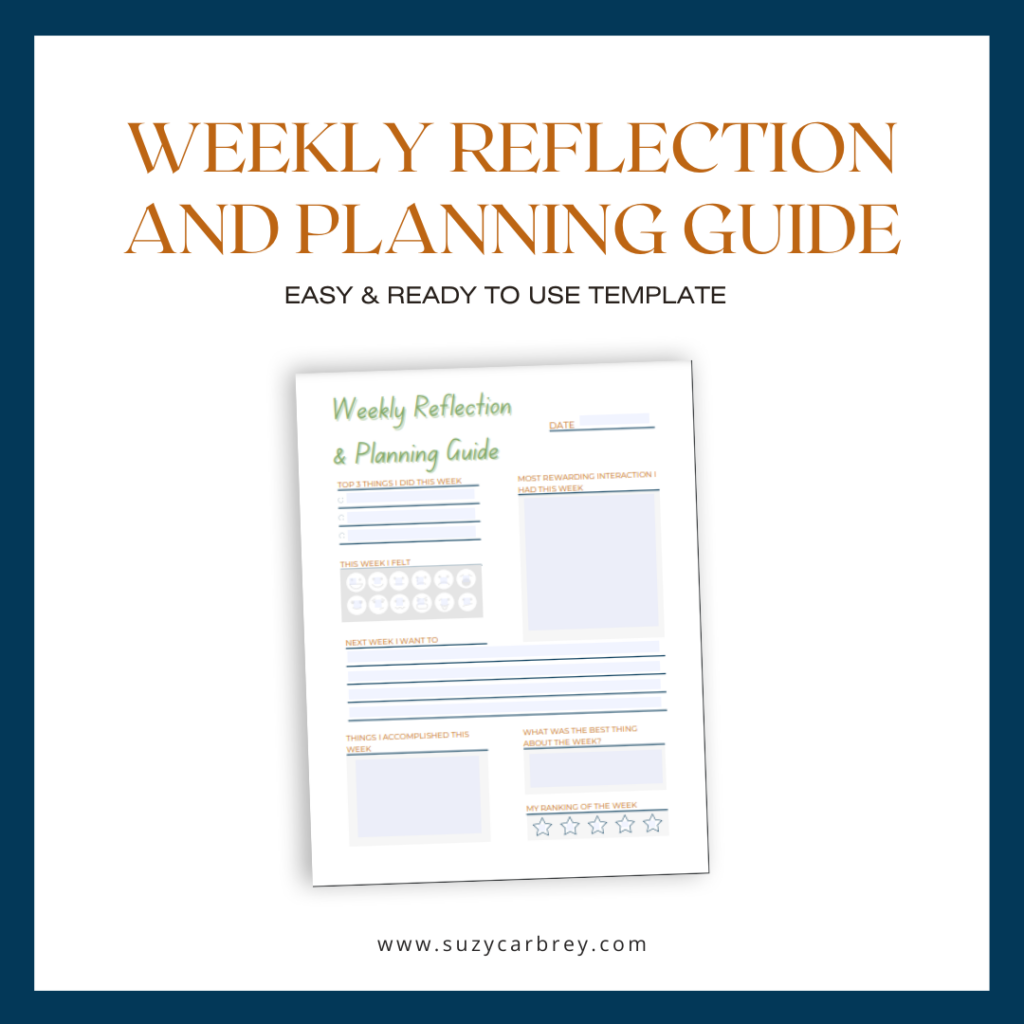Life rarely goes as planned. The meeting runs late, your kid gets sick, traffic piles up, or a colleague changes a deadline at the last minute. When you live with ADHD or executive functioning challenges, those shifts can feel even more overwhelming. Your brain is already working hard to manage focus, transitions, and decisions, so when things change unexpectedly, it’s natural to feel stuck, frustrated, or rigid.
That’s where mental flexibility comes in.
Mental flexibility is the ability to adapt your thinking and behavior when circumstances change. It means being able to shift from one plan to another, to see different perspectives, and to adjust your expectations. At the same time, mental flexibility doesn’t mean you should bend in every situation. Sometimes the healthiest choice is to hold firm to your boundaries and values.
Practicing intentional mental flexibility means making conscious decisions about when to flex and when to stand your ground. It’s not about being a pushover or about stubbornly digging in. It’s about pausing, checking in with your goals and values, and choosing a response that supports your well-being in the long run.
Why Mental Flexibility Matters for Executive Functioning
Executive functions are the mental skills that help you plan, prioritize, start tasks, manage time, and regulate emotions. Mental flexibility is one of these core executive functions.
When your brain struggles with flexibility, you may notice that:
- You feel derailed by unexpected changes.
- You have trouble moving from one task to another.
- You get stuck in “all or nothing” thinking.
- You have a hard time compromising in relationships.
On the other hand, strengthening flexibility can make your daily life smoother and less stressful. It helps you:
- Adapt when plans shift.
- Find new solutions when things don’t work out.
- Recover from mistakes without spiraling into shame.
- Maintain healthier relationships by balancing your needs with others’.
In short, practicing intentional flexibility builds resilience. It allows you to stay connected to what matters most without being thrown off course by every curveball.
Flexibility vs. Rigidity: Both Have Value
It’s tempting to think of flexibility as always good and rigidity as always bad. But both have their place.
- Flexibility helps you roll with changes, lower stress, and stay creative.
- Rigidity (when it’s intentional) can help you hold firm to your values, protect your boundaries, and stay consistent.
The challenge is knowing when each one serves you. Too much rigidity and you burn out, clash with others, or miss opportunities. Too much flexibility and you lose sight of your own priorities and feel walked over.
Intentional flexibility means practicing the skill of discernment. Instead of reacting automatically, you pause to decide: Is this a moment to bend, or to stand firm?
How to Know When to Be Flexible
Let’s start with the situations where flexibility is most helpful. Here are some guiding questions:
1. Does this align with my bigger goals?
If a change doesn’t interfere with your long-term values or goals, it might be worth flexing. For example, if your friend wants to meet at a different coffee shop, and it doesn’t impact your schedule much, adjusting might be the easier, less stressful choice.
2. Will this reduce conflict without harming me?
Sometimes flexibility is the fastest way to resolve a conflict or avoid unnecessary tension. If giving in saves you energy without crossing your boundaries, it may be worth it.

3. Is the cost of rigidity greater than the benefit?
If holding firm creates more stress than it solves, like insisting on a perfectly clean kitchen when you’re exhausted, flexibility may better serve your mental health.
4. Does this change open up a new possibility?
Flexibility often creates space for creativity. Maybe a canceled plan gives you unexpected downtime, or a new idea at work shifts your approach to a project for the better.
5. Can I recover my energy faster by flexing?
If being flexible now helps you conserve energy for more important tasks later, that’s often the wiser choice.
How to Know When to Hold Your Ground
On the flip side, there are times when standing firm is not only appropriate but essential. Here are some clues:
1. Does this protect my values?
If a request or change conflicts with your core values, it’s a time to stand firm. For example, if you’ve committed to spending device-free time with your family, it’s okay to say no to work emails during dinner.
2. Will flexing cause harm to me or someone I care about?
Flexibility shouldn’t come at the cost of your health, safety, or relationships. If saying yes would overextend you, risk burnout, or harm someone else, standing firm is an act of care.
3. Is this a boundary I’ve set for a reason?
Boundaries exist to protect your time, energy, and well-being. If someone asks you to bend a boundary you’ve intentionally set, like not working late every night, it’s a sign to hold your ground.

4. Will flexibility lead to resentment?
If saying yes now means you’ll stew in frustration later, that’s not true flexibility, it’s self-betrayal. Resentment is a signal that you need to honor your own needs.
5. Is this a chance to practice consistency?
Sometimes sticking to a routine or commitment (like daily exercise or bedtime) is more important than flexing, because consistency builds trust with yourself.
A Practical Framework: Pause, Assess, Choose
So how do you actually practice intentional flexibility in real time? Here’s a simple framework:
- Pause. Take a breath. When something unexpected happens, your brain may want to react instantly. Pausing creates space.
- Assess. Ask yourself:
- What matters most here?
- What will this cost me (time, energy, emotional bandwidth)?
- What will this give me?
- Will I regret saying yes or saying no?
- Choose. Decide intentionally whether to flex or stand firm. Either option can be right; it depends on the context.
Everyday Examples of Intentional Flexibility
Let’s walk through some real-life scenarios:
- Work: Your boss asks you to stay late, but you promised your child you’d be at their game. Flexibility might mean shifting your work earlier in the day or asking for a deadline extension. Standing firm might mean saying, “I’m not available tonight, but I can come in early tomorrow.”
- Relationships: Your partner wants to change weekend plans. If the change doesn’t interfere with your values or priorities, flexibility may keep things smooth. But if the change conflicts with an important boundary (like rest you’ve been protecting), holding firm is the healthier choice.
- Personal routines: You planned to exercise in the morning, but you’re exhausted. Flexibility might look like moving your workout to later in the day or choosing a lighter activity. Standing firm might mean honoring your commitment to at least 10 minutes of movement.
Each choice is valid depending on your bigger picture. The key is that you’re deciding intentionally, not reacting out of habit or guilt.
Common Pitfalls to Watch For
As you practice, keep an eye out for these traps:
- Defaulting to rigidity out of anxiety. If change feels scary, you may dig in automatically. Remember to pause and assess.
- Defaulting to flexibility out of guilt. If you say yes just to avoid disappointing others, you may end up depleted.
- All-or-nothing thinking. Flexibility doesn’t mean swinging from extreme rigidity to extreme accommodation. Small adjustments often work best.
- Over-explaining. You don’t need a long justification every time you stand firm. A simple “That doesn’t work for me” is enough.
How to Strengthen Mental Flexibility Over Time
Like any executive function skill, mental flexibility grows with practice. Here are some ways to build it:
1. Practice perspective-taking
When faced with a conflict, try to imagine how the other person sees the situation. This doesn’t mean you agree; it just stretches your brain’s ability to hold multiple viewpoints.
2. Experiment with small shifts
Pick low-stakes areas of life to practice flexibility. Try a new route to work, adjust your morning routine slightly, or allow a small change in your schedule without resisting.
3. Reflect afterward
Ask yourself: How did I feel when I flexed? How did I feel when I stood firm? What did I learn about myself?
4. Use supportive self-talk
Remind yourself: Flexibility is a choice, not a failure. Or, Holding my ground is not selfish—it’s self-respect.
5. Build Recovery Strategies
Flexibility is easier when your nervous system is regulated. Practices like movement, deep breathing, or a short break can reset your brain and give you more bandwidth to adapt.
Why This Matters for Neurodivergent Brains
For ADHD and other neurodivergent brains, the world can feel unpredictable and overwhelming. Strengthening intentional mental flexibility helps you respond to that unpredictability without losing yourself. It supports smoother transitions, healthier relationships, and less stress. Most importantly, it gives you the confidence that you can handle whatever comes your way because you know you can pause, assess, and choose with intention.
Closing Reflection
Practicing intentional mental flexibility is not about being endlessly adaptable or endlessly firm. It’s about learning the art of discernment when bending helps you, and when standing strong honors you. Both are skills worth practicing.
Next time you’re faced with an unexpected change, pause and ask yourself:
- What matters most here?
- Is this a time to bend, or to hold firm?

Your answer will guide you toward choices that support your goals, your energy, and your relationships. That’s the heart of intentional flexibility: choosing on purpose, so you can live on purpose.
Learn more with Online Coaching for Executive Functioning / ADHD
Ready to gain control and enhance your executive functioning? As an experienced and compassionate coach, I specialize in providing support for executive functioning and ADHD. To embark on your journey, please reach out to me at 708-264-2899 or email hello@suzycarbrey.com to schedule a FREE 20-minute discovery call consultation.
With a background as a speech-language pathologist, I have a strong foundation in executive functioning coaching. My graduate degree program in SLP placed a significant emphasis on cognition, including executive functions, and I have years of experience in medical rehabilitation, providing cognitive-communication therapy. Additionally, I have completed an ADHD Services Provider certification program, I am Solutions-Focused Brief Therapy Diamond Level 1 certified and I am trained in the Seeing My Time® executive functioning curriculum.
Experience the convenience and effectiveness of online coaching, backed by studies that demonstrate equal results to in-person services. Parents, professionals, and emerging adults love the convenience and privacy of receiving coaching from their own homes.
Whether you reside in Chicago, Milwaukee, Indianapolis, Kansas City, or anywhere else around the globe, I am here to assist you. Schedule your discovery call consultation today, and I eagerly anticipate the opportunity to work with you!
Please note that although I am a certified speech-language pathologist, all services Suzy Carbrey LLC provides are strictly coaching and do not involve clinical evaluation or treatment services. If you require a formal speech therapy evaluation and treatment, please inform me, and I can provide appropriate recommendations.



Thank you
Your blog is a testament to your dedication to your craft. Your commitment to excellence is evident in every aspect of your writing. Thank you for being such a positive influence in the online community.
Thank you!
Your blog is a testament to your passion for your subject matter. Your enthusiasm is infectious, and it’s clear that you put your heart and soul into every post. Keep up the fantastic work!